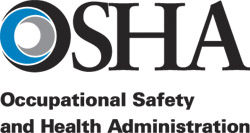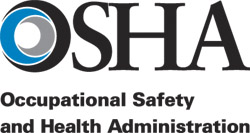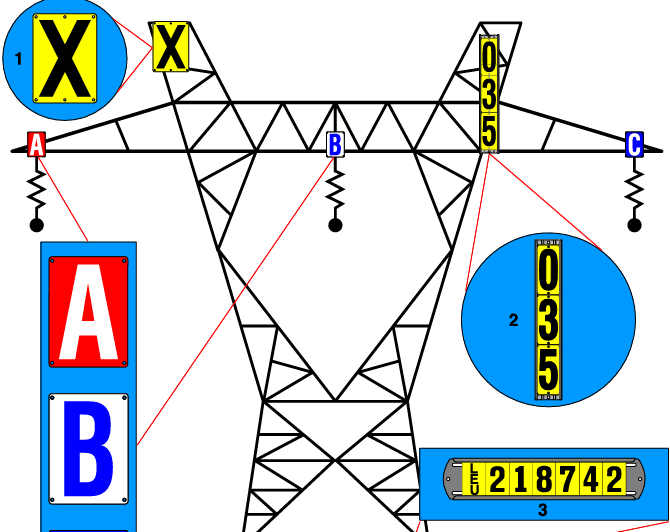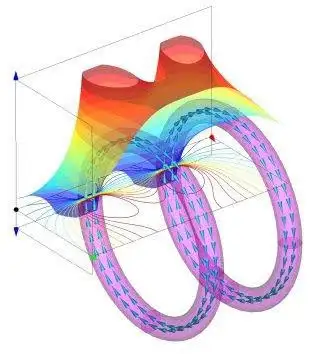OSHA Electrical Safety Standards
By R.W. Hurst, Editor

NFPA 70e Training
Our customized live online or in‑person group training can be delivered to your staff at your location.

- Live Online
- 6 hours Instructor-led
- Group Training Available
Download Our NFPA 70E Fact Sheet – 2024 Electrical Safety Edition

- Understand how NFPA 70E works with NEC and NFPA 70B standards
- Clarify the shared responsibility between employers and employees
- Learn how NFPA 70E supports OSHA compliance
OSHA electrical safety standards help protect workers from shock, arc flash, and fire hazards. Learn how training, PPE, Lockout/Tagout, and NFPA 70E compliance reduce risk and ensure a safe workplace under OSHA’s electrical safety regulations.
What is OSHA Electrical Safety?
OSHA electrical safety refers to workplace safety practices and standards that reduce electrical hazards and protect workers from injury.
✅ Ensures compliance with electrical safety standards such as NFPA 70E
✅ Promotes the use of PPE, training, and hazard identification
✅ Reduces risks of electric shock, arc flash, and fire incidents
OSHA electrical safety rules are crucial for safeguarding workers against serious hazards in industrial and commercial settings. Enforced by the Occupational Safety and Health Administration, these standards are part of a broader effort by the United States government to ensure safety in all work environments where electricity is present.
To stay compliant, employers must understand that statutory standards and regulations establish OSHA requirements, particularly those outlined in 29 CFR 1910 Subpart S and the work practices standard, 29 CFR 1910.333. These rules apply to particular circumstances, such as energized work or maintenance of a piece of equipment. Still, they cannot create additional employer obligations unless affected by statutory standards and regulations.
Request a Free Training Quotation
Hazard Control Through Hierarchy and Prevention
The hierarchy of hazard controls prioritizes eliminating risks before relying on personal protective equipment. This approach minimizes additional or increased risks by addressing issues like faulty wiring at the source. Similarly, OSHA 1910.147 outlines lockout/tagout procedures for de-energizing equipment, which is critical for safe maintenance and preventing accidental energization.
Employers must implement a clear safety program that prioritizes risk reduction. This involves eliminating or reducing risks associated with exposed electric parts, damaged equipment, and energized conductors.
FREE EF Electrical Training Catalog
Download our FREE Electrical Training Catalog and explore a full range of expert-led electrical training courses.

- Live online and in-person courses available
- Real-time instruction with Q&A from industry experts
- Flexible scheduling for your convenience
Learn more: Hierarchy of Hazard Controls – OSHA
Work environments involving a continuous industrial process pose unique challenges. In such settings, lockout/tagout procedures and emergency response plans must be established to prevent the creation of additional or increased hazards during de-energization of systems.
Understanding OSHA’s Official Interpretations
When regulations seem unclear, interpretive letters explain how OSHA views compliance. These letters don’t impose new rules but provide clarity. Each letter constitutes an OSHA interpretation and reflects the agency's interpretation of the requirements in response to new information or inquiries from the public. However, as OSHA reminds us, “note that our enforcement guidance may change as interpretations evolve.”
Learn more: OSHA's Electrical Standards Based on the NEC
Wiring, Equipment, and Common Violations
Non-compliant wiring can introduce significant risks. As explained in the wiring, uncertified wiring may cause fires or shocks, violating statutory standards and regulations. Employers must inspect and replace non-compliant equipment to ensure safety, guided by interpretation letters explaining these requirements without creating additional employer obligations.
Employers must avoid using wiring that isn’t OSHA certified or equipment that hasn’t been tested and maintained. Improper installations, missing labels, or unauthorized repairs often result in citations.
Read: Wiring That Isn’t OSHA Certified
One of the most frequent OSHA violations is failing to maintain safe distances from energized conductors or skipping PPE.
Details here: Most Frequent OSHA Electrical Violations
Arc Flash Hazards and Required PPE
An electric arc can generate temperatures exceeding 35,000°F, posing life-threatening risks. OSHA requires employers to assess the risk of arc flash and provide appropriate personal protective equipment, including arc-rated clothing, gloves, and face shields.
See: OSHA Arc Flash Requirements
Additionally, there is ongoing discussion about whether OSHA requires an arc flash analysis. While not explicitly mandated, OSHA enforces outcomes that NFPA 70E helps address.
Explore: Is Arc Flash Analysis Required by OSHA?
NFPA 70E – OSHA’s Partner Standard
The synergy between OSHA and NFPA 70E enhances safety. NFPA 70E’s development, at OSHA’s request, guides arc flash prevention and PPE. What is the relationship between OSHA and NFPA 70e? NFPA 70e complements OSHA arc flash requirements. While not mandatory, arc flash analysis aligns with safety-related work practices to mitigate exposed electric risks.
Though OSHA doesn’t enforce it directly, NFPA 70E was originally developed at OSHA’s request to offer best practices for safety-related work practices involving arc flash hazards.
Learn more: NFPA 70E and OSHA
See also: What Is the Relationship Between OSHA and NFPA 70E?
Avoiding Common Violations
The most frequent violation of OSHA standards involves inadequate training or improper PPE use. "Note that our enforcement prioritizes compliance, and employers must address additional or increased hazards to avoid citations" is what is normally reported. Regular audits and adherence to safety-related work practices ensure safe workplaces.
Training and Work Practices
OSHA electrical safety training teaches workers how to recognize hazards and protect themselves using personal protective equipment PPE and lockout tagout equipment. Electricity Forum Training Institute NFPA 70E courses align with the work practices standard 29 CFR 1910.333, and interpretation letters explain its application to continuous industrial processes, ensuring clarity without additional employer obligations. See: NFPA 70E Arc Flash Training
Under OSHA’s rules, all employees must receive safety training that covers hazard recognition, de-energization, PPE, and emergency response.
Start here: OSHA Electrical Safety Training
OSHA 1910.147 codifies critical work practices, such as lockout/tagout procedures, while OSHA 1910.333 provides specific guidance on energized work.
Read:
Building a Culture of Safety
OSHA electrical safety standards, established by the United States government, protect workers through statutory standards and regulations. By integrating the hierarchy of controls, certified wiring, NFPA 70E guidance, and training, employers can mitigate additional or increased risk to workers. Explore linked resources to ensure compliance and maintain a safe workplace.
Electricity Today T&D Magazine Subscribe for FREE

- Timely insights from industry experts
- Practical solutions T&D engineers
- Free access to every issue
Employers must stay current with OSHA’s evolving interpretations and commit to providing thorough training, using proper equipment, and maintaining safe work practices. By aligning with both legal requirements and proven standards, such as NFPA 70E compliance, organizations can protect their teams from preventable harm and ensure long-term compliance with OSHA electrical safety regulations.
Explore our Arc Flash Training Programs or contact us to Request a Free Training Quotation for group safety sessions and PPE consultation.
Related Articles







